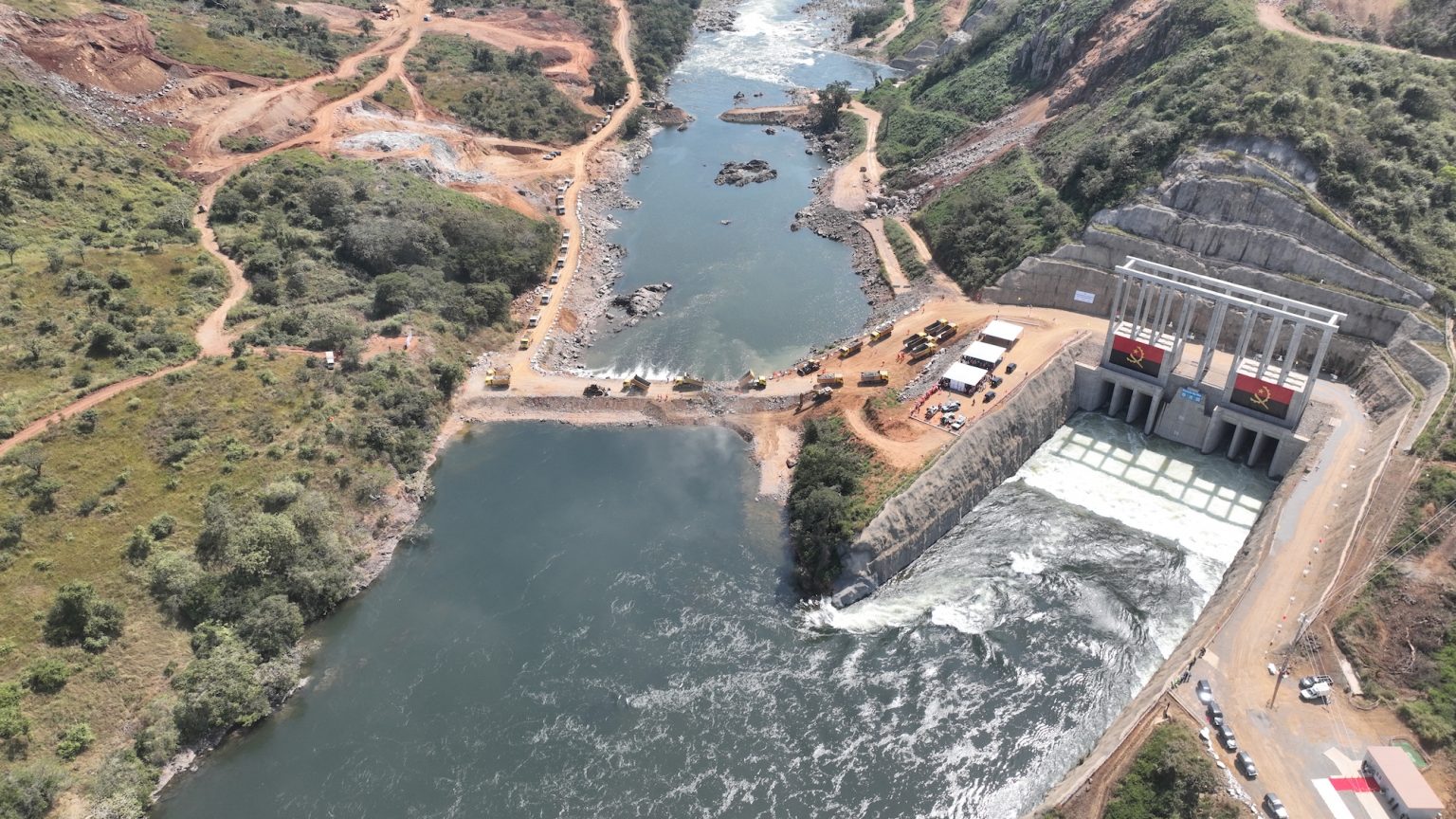Caculo Cabaça Hydroelectric Plant is under construction and expected to deliver around 2,172 MW when completed. Its scale will significantly shift Angola’s generation mix, where hydropower already accounts for more than half of installed capacity.
Currently, Angola’s installed generation capacity is about 6.2 GW, but the system is under‑utilized because the transmission and distribution networks lag behind. Peak demand has been recorded at roughly 2.3 GW, signaling that generation could meet demand in theory. But this “surplus” generation is undermined by weak grid infrastructure: large parts of the country still lack reliable transmission, and losses are significant.
Electrification remains uneven. Only around 43% of the population has access to electricity, according to recent data. The plan aims to raise that to 50% by 2027, but scaling access faces two major constraints: network expansion and household connectivity.
Caculo Cabaça is more than a generation project. Its value depends on governance, technical capacity, and how well it’s integrated into the grid. Without proper oversight and maintenance, even a 2 GW plant can underdeliver. Angola’s history with large infrastructure suggests this risk is real.
Transmission is a particularly critical weakness. Angola’s national grid is still divided into separate regional systems rather than a fully interconnected network. Even with Caculo Cabaça fully online, regions could remain under‑served unless the backbone network is strengthened.
Read Also: Egypt Greenlights 1.2GW Solar Push which Signals A New Phase in Africa’s Energy Ambition
On the institutional side, success will require more than dams. Angola will need a trained workforce to operate turbines, manage water flow, and perform routine maintenance, the cost of failure is high. Regulatory frameworks and long-term operations funding must be in place from day one.
This project also carries strategic implications. Angola’s energy strategy projects installed capacity reaching nearly 9.9 GW by 2025, with hydropower making up about two-thirds of that. If Caculo Cabaça achieves commercial operation as planned, it will contribute materially to that goal.
But the real test is whether Angola can convert this megawatts into stable, equitable power across its regions and households. A 2 GW plant without grid reach is only partially useful. The risk is structural.
If Angola fails to match infrastructure and governance with generation, Caculo Cabaça could become a stranded asset rather than a cornerstone of its future energy system.



